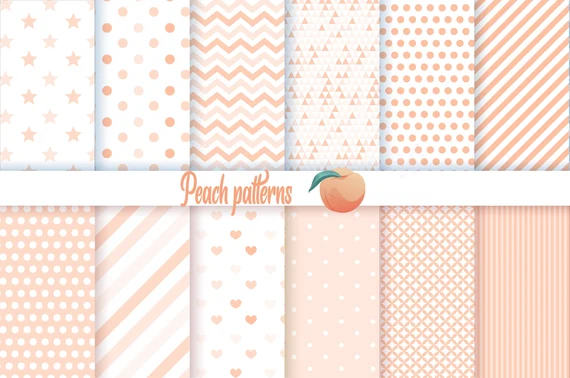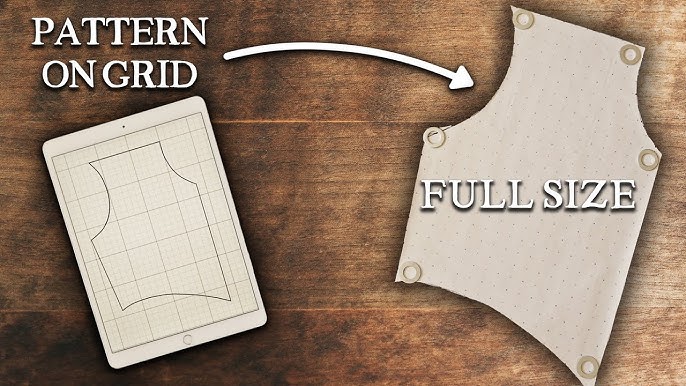Berber design is beautiful—but it’s more than just decoration. Each motif tells a story. In this article, we explore why cultural understanding matters when incorporating traditional symbols into your work.
The Risk of Surface-Level Design
Using heritage symbols purely for their “look” can strip them of their soul. Symbols like the lozenge, often representing protection or femininity, carry generations of meaning. Stripped from their context, they become aesthetic clichés.
The Role of the Responsible Creator
Ethical designers ask questions:
- What does this motif mean?
- Where does it originate?
- Am I honouring or appropriating?
These questions don’t limit creativity—they enrich it.
How to Create with Meaning
- Research the motif’s origin
- Choose elements with intention
- Attribute or reference source material
- Avoid distortion or misuse in branding
Your work becomes more authentic when you create from understanding—not assumption.
Education Through Design
Our eBooks and pattern packs aren’t just visual—they’re contextual. We provide historical, cultural, and symbolic notes so you can make informed choices in your visual storytelling.
Frequently Asked Questions
Can I use Berber symbols in my logo?
Yes, but we recommend understanding their meaning first—some motifs are spiritual or personal.
Are all motifs universal?
No, meanings vary by tribe and region.
Do you offer design support or consulting?
Yes, our team offers support for creators using our files in branding or design.
What if I want to include a motif in a fashion line?
That’s a great use, especially with proper context. We can guide you through respectful adaptation.


